Learning to swim is an essential life skill that can provide numerous benefits, including improved physical fitness, increased confidence, and enhanced safety in and around water. Starting early can be an excellent way to introduce babies to the water and help them develop a love for swimming.
When a baby learns to swim for the first time, it can be an exciting and memorable experience. It’s important to note that babies have a natural instinct to hold their breath when underwater and can even swim short distances. However, it’s still crucial to take proper precautions to ensure the baby’s safety.
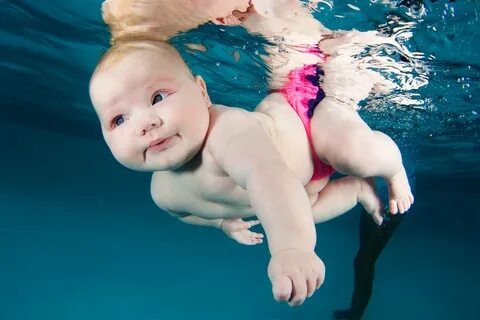
The first step in teaching a baby to swim is to acclimate them to the water gradually. Start with a shallow pool or bathtub, and let the baby get used to the sensation of being in the water. Hold them close and support their head and neck to ensure they don’t accidentally ingest any water.
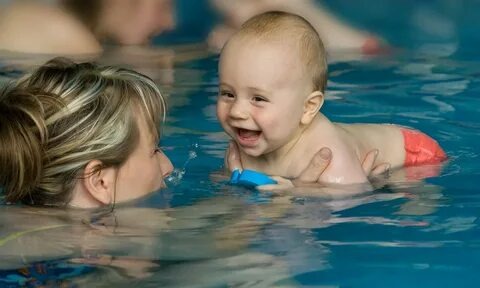
Once the baby is comfortable, gradually move to deeper water and introduce them to gentle kicking and arm movements. Use toys or floatation devices to make the experience more enjoyable and engaging for the baby.
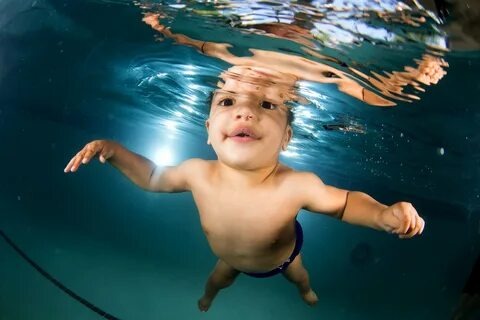
It’s important to keep the water temperature comfortable, as babies can quickly become chilled in the water. Also, be mindful of the baby’s energy levels and avoid staying in the water for too long.
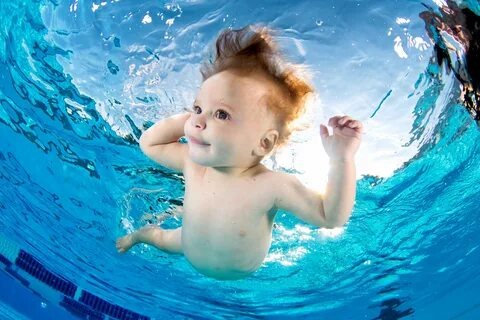
As the baby becomes more confident in the water, they can progress to more advanced skills, such as floating and swimming independently. It’s essential to always supervise the baby and ensure that they’re safe in and around the water.
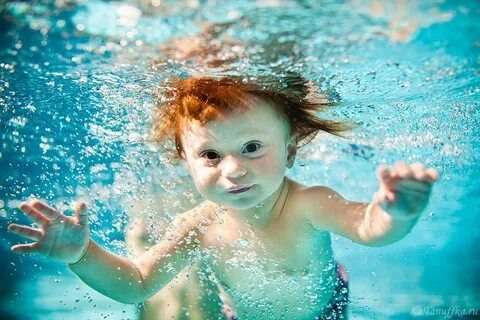
In conclusion, teaching a baby to swim for the first time can be a fun and rewarding experience for both the baby and the parent. It can help the baby develop physical and cognitive skills, as well as a love for swimming that can last a lifetime.
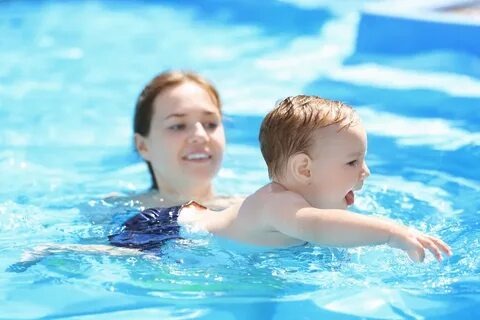
With proper precautions and guidance, the baby can learn to be safe and confident in the water, setting them up for a lifetime of enjoyment and safety in aquatic environments.

